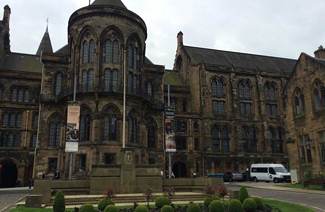Exercise 12
In the early 1950's, historians who studied preindustrial Europe (which we may define here as Europe in the period from roughly 1300 to 1800) began, for the first time in large numbers, to investigate more of the preindustrial European population than the 2 or 3 percent who comprised the political and social elite: the kings, generals, judges, nobles, bishops, and local magnates who had hitherto usually filled history books. One difficulty, however, was that few of the remaining 97 percent recorded their thoughts or had them chronicled by contemporaries. Faced with this situation, many historians based their investigations on the only records that seemed to exist: birth, marriage, and death records. As a result, much of the early work on the non-elite was aridly statistical in nature; reducing the vast majority of the population to a set of numbers was hardly more enlightening than ignoring them altogether. Historians still did not know what these people thought or felt.
1. The author suggests that, before the early 1950's, most historians who studied preindustrial Europe did which of the following?
(A) Failed to make distinctions among members of the preindustrial European political and social elite.
(B) Used investigatory methods that were almost exclusively statistical in nature.
(C) Inaccurately estimated the influence of the preindustrial European political and social elite.
(D) Confined their work to a narrow range of the preindustrial European population.
(E) Tended to rely heavily on birth, marriage, and death records.
2. In the context in which it appears, “comprise” (line 4) is closest in meaning to :
(A) consist
(B) understand
(C) combine
(D) dissolve
(E) apprise
答案:
D A

















